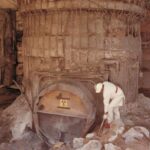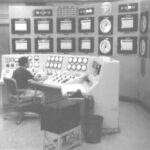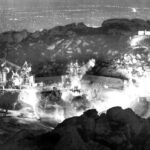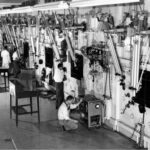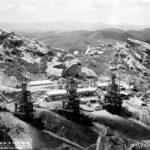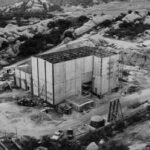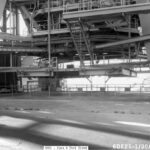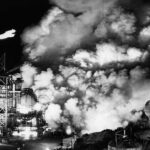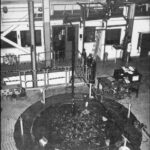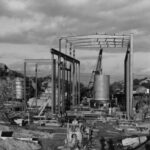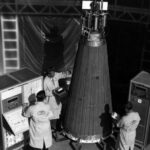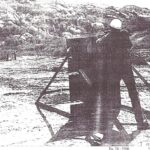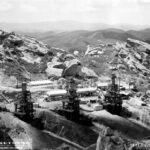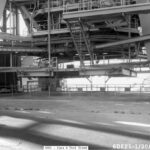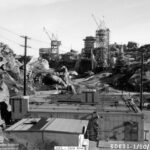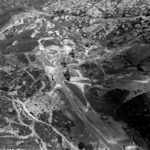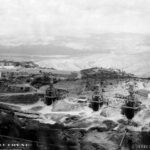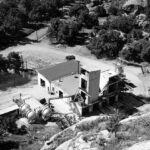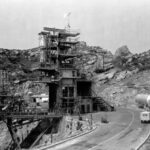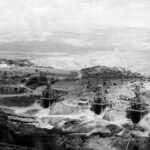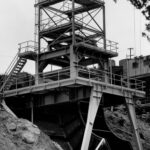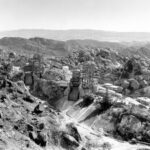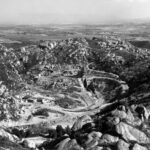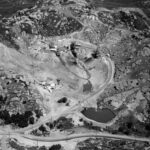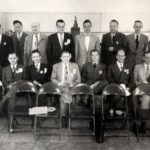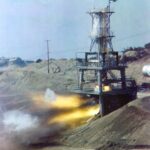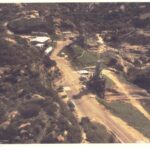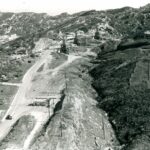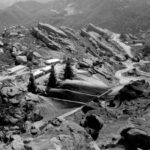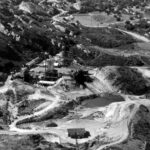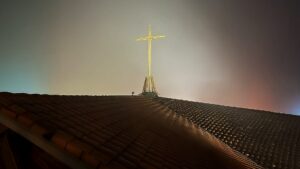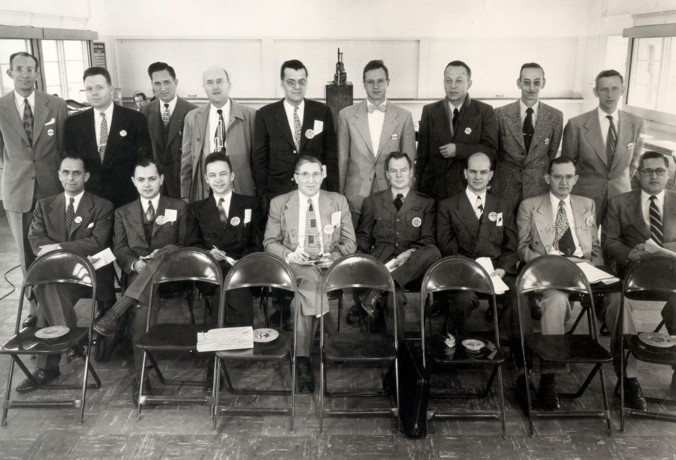
(CLAIR) -The nuclear accident that occurred near Simi Valley, California, was the partial meltdown of the Santa Susana Field Laboratory’s Experimental Breeder Reactor-2 (EBR-2) in 1959. The EBR-2 was an experimental nuclear reactor that was designed to test the feasibility of using liquid sodium as a coolant.
On July 12, 1959, the EBR-2 experienced a partial meltdown due to a failure in the reactor’s cooling system. The reactor was shut down and the fuel rods were removed, but not before a small amount of radioactive material was released into the environment. No one was injured in the accident, but it was later determined that the release of radioactive material posed a potential health risk to those living in the area.
In the years following the accident, the Santa Susana Field Laboratory was used for a variety of research and development activities, including rocket engine testing and the development of nuclear weapons. The site was also used for the disposal of hazardous and radioactive waste.
In the late 1990s, concerns were raised about the potential health effects of the nuclear accident and the long-term contamination of the site. In 2010, the Department of Energy and the NASA agreed to clean up the site, and the process of removing contaminated soil and debris is ongoing.


